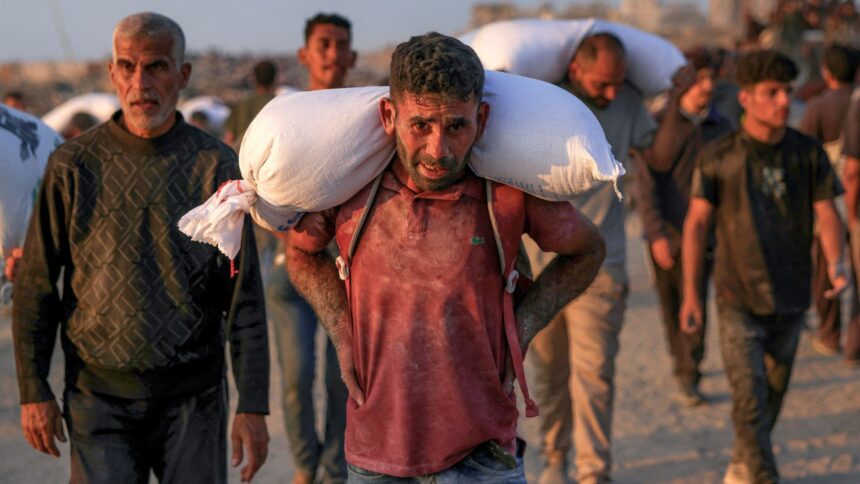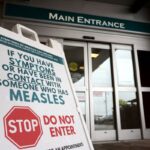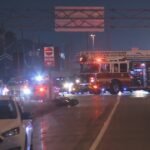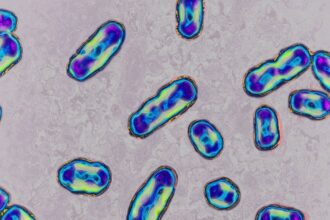In the shadowed streets of Gaza, where the line between survival and starvation grows thinner by the day, a horrifying pattern has emerged. Palestinian civilians, desperate for food and basic supplies, are increasingly meeting death while simply attempting to access humanitarian aid. The latest incidents have shocked international observers and raised urgent questions about the protection of civilians in conflict zones.
Last week, at least 22 Palestinians were killed and dozens wounded when artillery fire struck a crowd gathering around aid trucks in northern Gaza. Eyewitnesses described scenes of chaos as families who had been waiting for hours for desperately needed flour and cooking oil scattered amid explosions and gunfire.
“People are dying with empty stomachs and food distribution points have become death zones,” said Dr. Mahmoud Khalil, a physician at Al-Shifa Hospital who treated victims from the incident. “We’re seeing malnutrition in children alongside shrapnel wounds—a double tragedy that defies description.”
The United Nations World Food Programme has raised alarms about what it calls a “catastrophic hunger crisis” in Gaza, with an estimated 96% of the population facing acute food insecurity. Aid officials report that despite international efforts to increase humanitarian deliveries, distribution remains dangerous and inconsistent.
According to the Gaza Health Ministry, over 41,000 Palestinians have been killed since the conflict began last October, with a significant percentage of recent casualties occurring near aid distribution points. Israeli military officials maintain they are targeting militant operations, claiming Hamas fighters have embedded themselves among civilians seeking aid—an assertion Palestinian authorities strongly deny.
The humanitarian corridor established along Gaza’s southern coast has proven woefully inadequate. Aid trucks face extensive delays at checkpoints, with many supplies spoiling before reaching distribution centers. When aid does arrive, desperate crowds gather, creating dangerous situations where panic can erupt or targeting may occur.
“What we’re witnessing represents a fundamental breakdown in the protection of civilians during conflict,” said Kathryn Sørensen, an international humanitarian law expert at the University of Toronto. “The Geneva Conventions are explicit that parties to conflict must facilitate humanitarian access and protect civilian populations.”
The crisis extends beyond food. Clean water has become scarce, with most of Gaza’s water infrastructure damaged or destroyed. Medications for chronic conditions are depleted, and hospitals operate well beyond capacity with minimal supplies. The compounding effects have created what the World Health Organization calls “a perfect storm for widespread disease transmission.”
Several nations, including Canada, have increased funding for humanitarian assistance to Gaza, but aid organizations report that money alone cannot solve the crisis when safe delivery mechanisms remain compromised. Diplomatic efforts to establish more secure humanitarian corridors have stalled amid continuing hostilities.
For families in Gaza, the impossible choice between risking death to secure food or watching children suffer from hunger represents a horrific daily reality. As one mother told aid workers before being killed in a subsequent distribution incident: “If I don’t get food today, my children won’t eat tomorrow. What choice do I have?”
As the international community grapples with this escalating humanitarian catastrophe, a fundamental question demands urgent consideration: In a conflict where even the desperate act of seeking food has become deadly, what responsibility do we all bear for the protection of innocent civilians caught in the crossfire?























